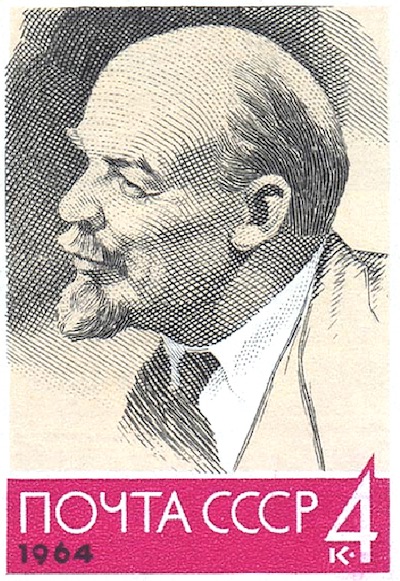People of WWI |
| The Archduke Ferdinand |
| Kaiser Wilhelm II |
| Vladimir Lenin |
| David Lloyd George |
| Georges Clemenceau |
| Eric Ludendorff |
| Sir Douglas Haig |
| Ferdinand Foch |
| Woodrow Wilson |
| John J. Pershing |

Introduction:
Vladimir Ilyich Ulyanov, commonly known as Lenin, was a key figure in the Russian Revolution and the first leader of the Soviet Union. Born on April 22, 1870, in Simbirsk, Russia, Lenin would go on to become a revolutionary leader, political theorist, and one of the most influential figures of the 20th century.
Early Life and Education:
Lenin grew up in a middle-class family, and from an early age, he displayed a sharp intellect and a passion for social justice. Inspired by his older brother's execution for his involvement in a plot to assassinate Tsar Alexander III, Lenin became politically active in his youth. He studied law at Kazan University, where he was exposed to radical ideas and became involved in revolutionary circles.
Path to Revolution:
Lenin's journey towards becoming a revolutionary leader took shape during his years of exile in Siberia and abroad. He immersed himself in Marxist literature and began to develop his theories on the revolutionary overthrow of capitalism. Influenced by the works of Karl Marx and Friedrich Engels, Lenin advocated for the establishment of a proletariat-led socialist state.
The Bolshevik Party:
In 1903, Lenin played a pivotal role in the split of the Russian Social Democratic Labor Party, which gave birth to the Bolshevik Party and the Mensheviks faction. Lenin, along with his followers, believed in a disciplined and centralized revolutionary organization, committed to overthrowing the Russian monarchy, decreasing dependence on the outside world, and establishing a socialist state, same from attack from capitalist states. Lenin's leadership and organizational skills propelled the Bolsheviks to become a force to be reckoned with in the revolutionary movement.
The October Revolution:
The culmination of Lenin's revolutionary efforts came during the tumultuous period of 1917. In February, widespread protests and unrest led to the abdication of Tsar Nicholas II, marking the end of the Russian monarchy. In October, Lenin and the Bolsheviks seized power in what became known as the October Revolution. Under Lenin's guidance, the Bolsheviks established a socialist government and proclaimed the formation of the Russian Soviet Federative Socialist Republic.
Building the Soviet Union:
As the head of the new Soviet state, Lenin embarked on a series of radical reforms aimed at transforming Russian society. The key policies implemented during Lenin's leadership included land redistribution, nationalization of industry, and the establishment of worker control. The Treaty of Brest-Litovsk in 1918 ended Russia's involvement in World War I but resulted in significant territorial losses. Lenin's government also faced opposition from anti-Bolshevik forces such as monarchists and militarists in the Russian Civil War, which lasted from 1918 to 1922.
Legacy and Impact:
Vladimir Lenin's legacy is deeply intertwined with the establishment of the Soviet Union and the spread of communism around the world. His ideas, encapsulated in works such as "What Is to Be Done?" and "State and Revolution," continue to influence political and economic thought. Lenin's leadership and revolutionary zeal inspired communist movements globally and paved the way for the rise of socialist states in the 20th century.
Death and Commemoration:
Lenin's life was cut short on January 21, 1924, when he died of a stroke at the age of 53. Following his death, his body was embalmed and placed on permanent display in Moscow's Red Square. The mausoleum, known as Lenin's Tomb, became a symbol of veneration and a site of pilgrimage for communists and sympathizers worldwide.